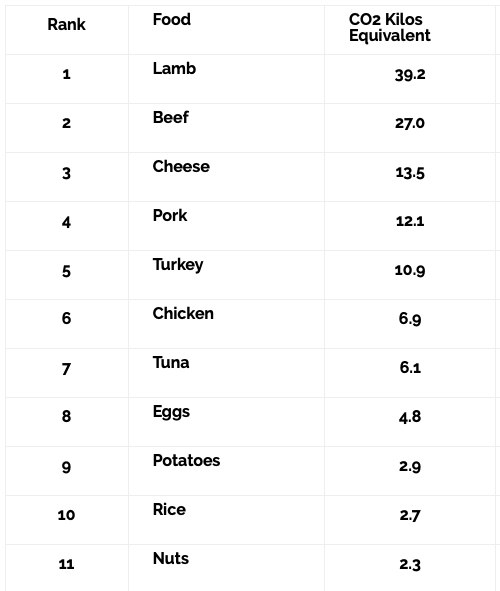
This is my last posting in this Climate Change Blog! Lots has been discussed, lots has been learned, and challenges have been undertaken. In this last blog post, I will summarize all of my previous blog posts to bring it all together.
First, I spoke about the definition of climate change. Where most people assume that using “global warming” is a beginning and end all catchment term, it is the exact opposite. Climate and weather are two separate parts of the equation. Climate change is a more apt term to use, in essence, climate change is measuring the same areas or taking the same temperature readings over multiple years / decades. Carbon foot prints are the sum energy used between production and consumption, this includes refining, storing, transporting, car miles, and consumption of items.
Next, causes of climate change were discussed. There is a lot to cover, and in a small, blog-style format, mentioned a few main causes of man-made climate change. major offenders of climate change were laid out, with the usual suspects topping the charts: China, U.S.A, India, Russia, Japan rounded out the top 5.
The main sources of man-made climate change are carbon dioxide (co2), methane, nitrous oxide, and fluorinated gases. Carbon dioxide is the worst offender, being responsible for 64% of man-made GHG, methane is 17%, and nitrous oxide 6%. Water vapour is the largest naturally occurring GHG. Reasons for these emissions were detailed in my first and second climate change blog postings. Chlorofluorocarbons were also discussed in the climate change cause blogs, they’re synthetic in nature, and are highly regulated via international agreements to mitigate their problematic destruction of the ozone layer.
There are of course, climate change deniers (some go as far up as the Oval Office), but the facts are pretty straightforward when it comes to empirical evidence that supports climate change.
Next, impacts on the environment were laid out and discussed, I won’t go into detail here, but the most devastating and common impacts in climate change are:
– more extreme weather conditions
– more drought and more flooding
– less ice and snow
– rising sea level
My climate change professor challenged me to change something about my life for a week and report on the findings. I decided that since I am doing 10 small blog posts instead of 10 larger ones, that I could squeeze in a little bit more and decided to go with 3 lifestyle changes spread out over 3 weeks, and report on the findings. Inside each these blog posts, I laid out the differences in a easy to read, form, with metrics to determine the outcome.
Week 1 saw me ditch my car for a week in favour of using public transit, and spoke about the average consumption that I used in my car, and the results of changing to a car-free life, albeit much longer travel times and more annoying, it probably saved the planet for one extra day. Week 2 saw me unplugging everything I did not need to use in my home, to save electricity from keeping chargers plugged in, and keeping electronics in standby mode, and recorded the data given to me from BCHyrdo live usage data website. Week 3 saw me change my eating habits to an all vegetarian / vegan. This was undertaken to cut down on the ‘food miles’ and the co2 emitted by each type of food. The results were pretty dramatic.
Then again, maybe we just need more time? Nobody questions the link between smoking and cancer anymore, because the science has been proven and research has been done for over 50 years. Climate change science is relatively new in the cultural zeitgeist and until it can be proved beyond a reasonable doubt (in climate-change deniers eyes), then it won’t be universally accepted. I however, am convinced.
This class, as well as the previous geology class I took at Capilano University, taught me new concepts. I went in blind, not knowing the first thing about water, the inherent water crisis, and climate change. While I held a basic understanding that indeed the climate is changing, I lacked the specific knowledge that has been imbued onto me from this course.















